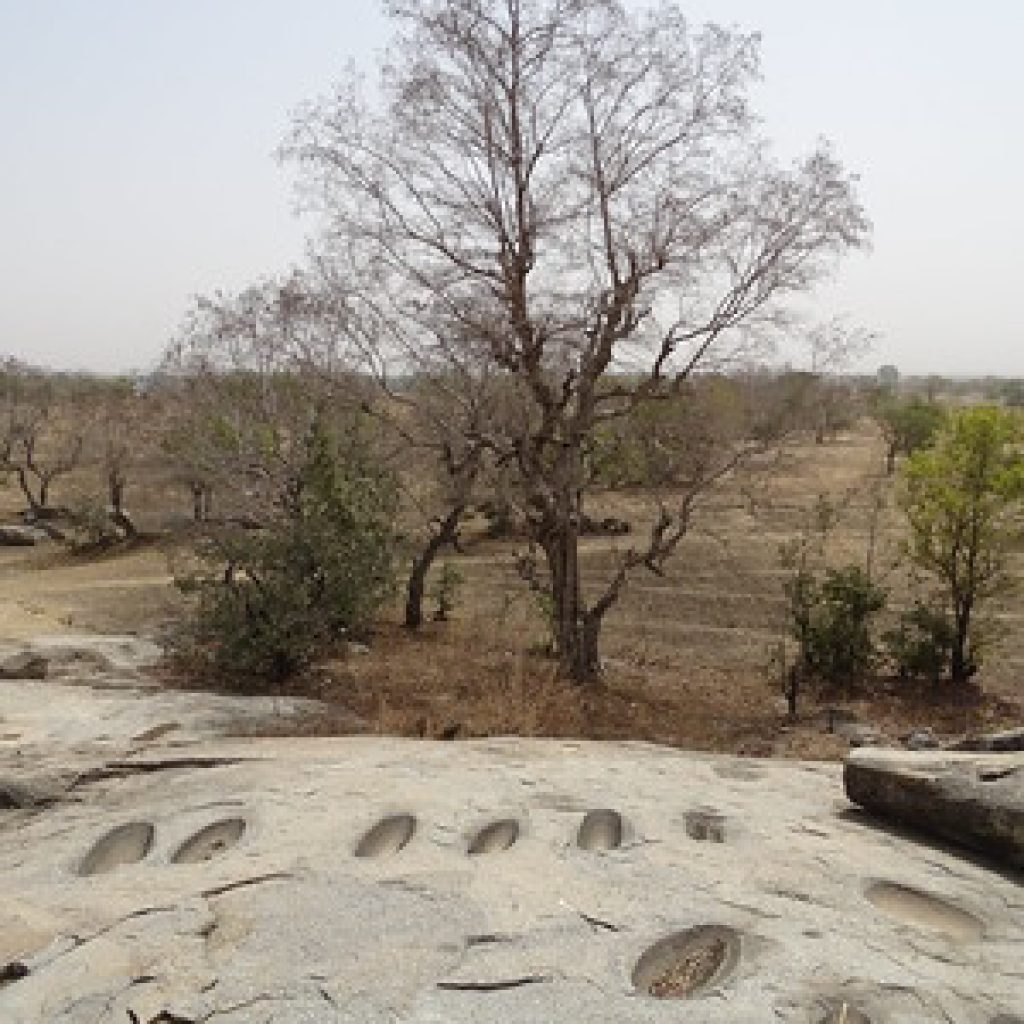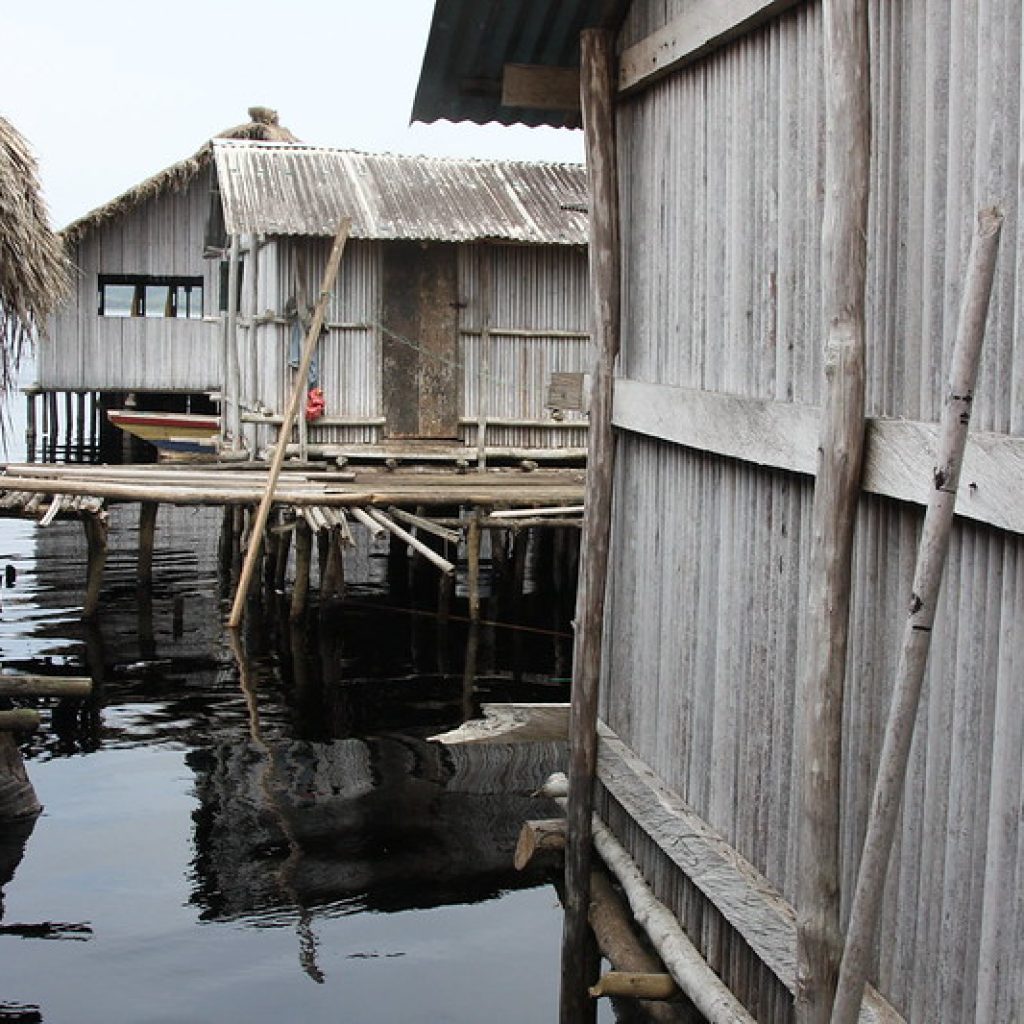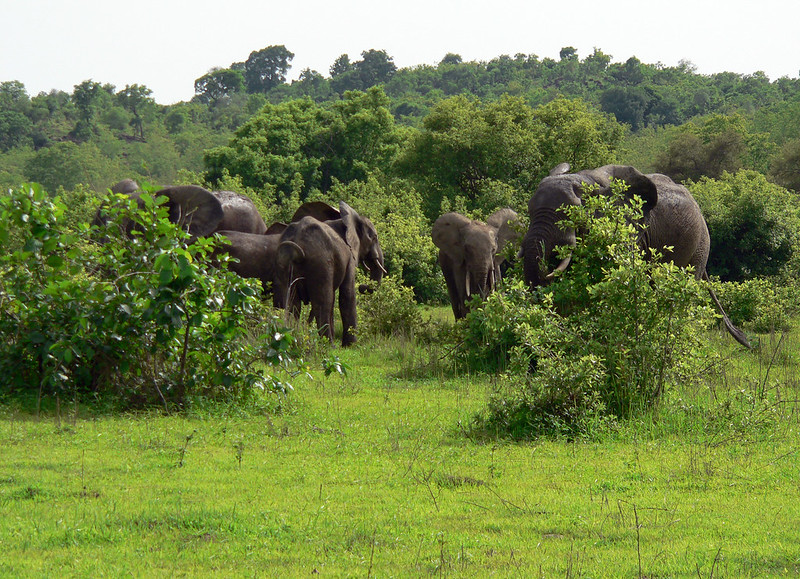Ghana is one of the most visited countries in West Africa, full of history, culture, scenery, and wildlife. But while most tourists visit the popular sites, like the National Museum, Nkrumah Memorial Park, and the Elmina and Cape Coast slave forts, few venture to attractions in the farther reaches of the country. For those adventurous travelers who aren’t afraid to travel long distances, Ghana offers a wealth of historical and picturesque sites to explore. Here are seven less frequented places.
- Pikworo Slave Camp / Old Slave Trail
The story of the transatlantic slave trade didn’t begin on Ghana’s coast, but rather it started in Ghana’s interior, in places like Pikworo where slave raiders terrorized local villages. Pikworo is a remote community in northern Ghana near the Burkina Faso border. It was once a base used by slave traders to store Africans captured from northern villages. It was in Pikworo where those captured Africans started their trek to Salaga and Saakpuli slave markets, then on to the coast for shipment to the Americas. Several rocky landmarks remain, including the dining rocks, “Punishment rock”, watchtower, and a cemetery for dead slaves. The Salaga and Saakpuli slave markets still exist, but are decayed and in disrepair.

Pikworo Slave Camp, Photo credit: Sucram Yef, Flickr
- Gwollu Slave Defense Wall
Gwollu is one of only 2 remaining slave defense walls in Ghana and is a stark reminder that capture and slavery remained a risk, even after the slave trade was abolished by the United States and England in 1807. The double ringed wall, crafted of mud and grass bricks, was erected in the 19th century to protect the town from local slave raiders who incessantly attacked the region. A thick inner wall protected the homes in the community and a second outer wall encircled their farms and water sources. The wall has been preserved and a portion is fenced and covered. This remote community is located in the far north, close to the Burkina Faso border.
- Paga / Sacred Crocodile Pond
Paga is also located close to the Burkina Faso border and is known for a sacred crocodile pond where locals believe the crocodiles hold the souls of the village’s deceased. The crocodiles are docile and allow guests to pet and feed them. Guests must pay a small fee to a local tour guide for interpretation and the purchase of live chickens to feed the crocodiles.
- Mole National Park
Mole National Park is Ghana’s first and largest protected nature reserve and the only place in the country where you can see elephants in the wild. Antelope, bushbucks, monkeys, warthogs, and baboons can also be seen, and very rarely lions, leopards or hyenas. Both guided driving and walking safaris are available. Mole is located in the Savannah region, about 11.5 hours north of Accra and 3.5 hours west of Tamale by road.
- Amedzofe/ Tafe Atome Monkey Sanctuary
At a height of 2,500 feet, Amedzofe is Ghana’s highest settlement, perched at the foot of Mount Gemi. The village offers breathtaking vistas, a waterfall, forests, a cool climate, and plenty of hiking opportunities. Volunteer villagers run a community visitor center where they offer tours and share the history of the community. Thirty minutes north, the villagers of Tafe Atome welcome visitors to visit and feed bananas to the Mona monkeys inhabiting the nearby tropical forest. The villagers have protected the monkeys for more than 200 years because they believed the monkeys were spiritual beings that protected the village. Both are located in the Volta region, about 3.5 hours northeast of Accra near the Togo border.
- Lake Bosomtwe
Lake Bosomtwe is Ghana’s only natural lake and one of only a handful of meteoric lakes in the world. Considered sacred by the Ashanti ethnic group, it is believed the lake was created about 1 million years ago when a crater formed by an asteroid impact gradually filled with rainwater. The area offers serene lake and mountain views, as well as opportunities for birding, fishing, hiking, swimming, and canoeing. Lake Bosomtwe is located in the Ashanti Region, about 5 hours northwest from Accra, and is perfect for those wanting to commune with nature and escape from the city hustle and bustle.

Nzulezo Village, Photo credit: Rachel Zack, Flickr
- Nzulezo Village
Nzulezo is a remote stilt village located in the Western region, about 7 hours west of Accra near the Ivory Coast border. Legend has it that a snail led the inhabitants to establish a new home there and today the snail remains the protective spirit of the village. The 400-year-old community is built entirely on stilts on Lake Tandane and is accessible to the public by dugout canoe from the town of Beyin. The village has a small guest house, food stalls, and a bar for visitors. Visitors are allowed every day except Thursday, which is a sacred day to the lake, according to local tradition. On Thursdays, it is forbidden to use and work on the lake for any activity.



Comment (0)